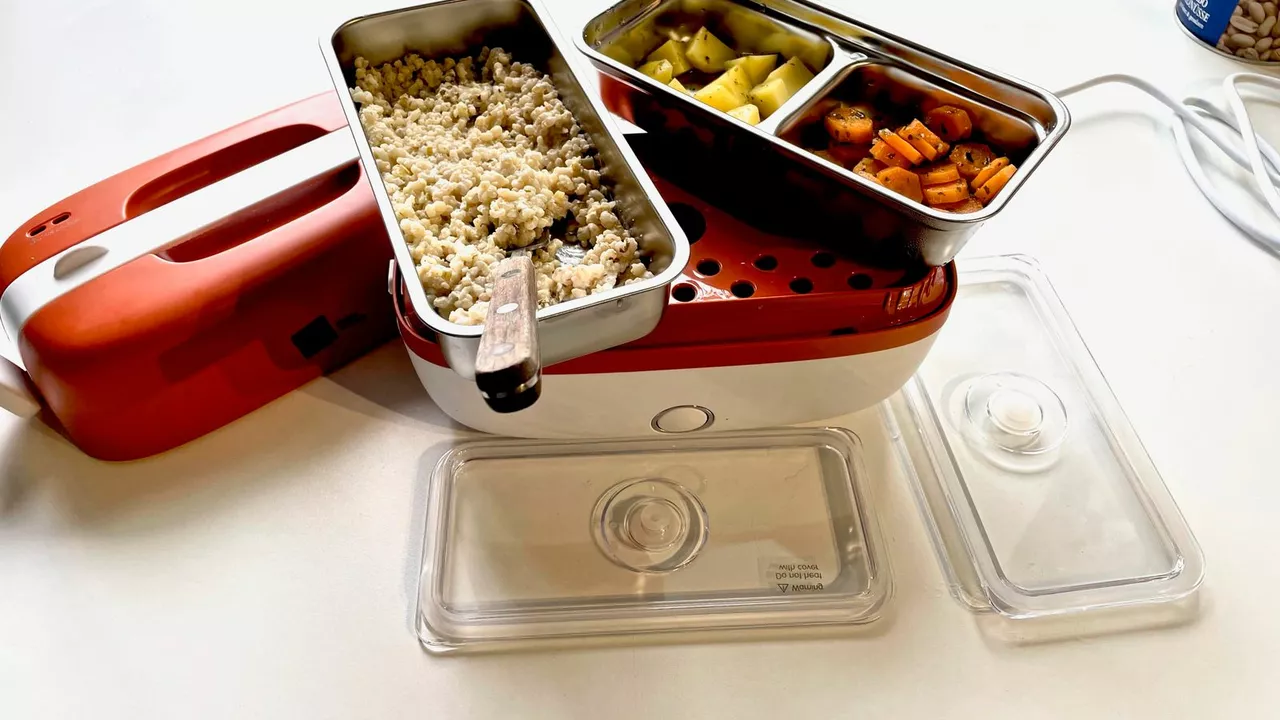Healthiest Method for Everyday Cooking
Ever wonder how to make your favorite dishes healthier without losing flavor? You don’t need fancy gadgets or exotic ingredients. Just pick the right technique, control portions, and add smart sides. In the next few minutes you’ll walk away with simple tricks that keep meals light, tasty, and quick.
Choose the Right Cooking Method
Grilling, steaming, and baking are the three go‑to methods for cutting extra fat. Grilling lets the heat drain off the meat, so a chicken breast or a slab of lamb stays juicy but sheds grease. If you’re short on time, a hot grill pan works just as well as an outdoor grill.
Steaming is perfect for veggies and fish. A steamer basket over a pot of simmering water cooks the food in its own juices, preserving nutrients that get lost in a boil. Try steaming broccoli, carrots, or a fillet of salmon and finish with a squeeze of lemon for a burst of flavor.
Baking gives you control over temperature and time. When you bake a holiday ham, use a low heat (around 325°F) and brush it with a glaze made of honey, mustard, and a pinch of brown sugar. The glaze adds sweetness without the need for heavy sauces. For a healthier twist, swap the glaze for a mixture of orange zest and rosemary.
One common mistake is treating a rotisserie chicken like an all‑you‑can‑eat buffet. Instead, carve out a few pieces, pair them with a big salad or roasted veggies, and stash the rest for later. This way you get protein without overdoing the calories, sodium, or fat.
Smart Pairings and Quick Recipes
Side dishes can turn a bland plate into a balanced meal. Roasted vegetables, mashed sweet potatoes, and a simple green salad are all low‑calorie options that add fiber and vitamins. If you’re cooking chicken breasts, try a side of quinoa tossed with herbs and lemon—quick, nutritious, and filling.
When time is tight, grab a 30‑minute Indian veg recipe. A quick paneer tikka masala, a handful of chana masala, or a speedy aloo matar can be on the table while you finish up the main. These dishes use spices that boost flavor without extra butter or cream.
For two‑person dinners, keep it simple: spaghetti carbonara can be light if you use whole‑grain pasta, a splash of olive oil, and a few peas for crunch. Or pan‑sear a steak, then serve it with sweet potato fries baked at high heat for a crispy finish.
Planning a Thanksgiving meal in a hotel room? Focus on dishes that need only a microwave or a small portable grill—think spiced turkey slices, pre‑cooked quinoa, and a quick cranberry relish made from fresh berries.
Remember, the healthiest method isn’t about perfection; it’s about making better choices most of the time. Swap deep‑frying for baking, use herbs instead of extra salt, and fill half your plate with veggies. Your taste buds will thank you, and so will your waistline.
Ready to give these tips a try? Pick one method, swap a side, and see how easy it is to eat well without missing out on flavor. Happy cooking!
Is steam cooking chicken the healthiest way to cook it?
Well, folks, you know I love a good food debate and today we're steaming up some controversy! We're talking about chicken, specifically, whether steaming it is the healthiest way to cook this feathered favorite. After extensive research (and a few tasty experiments), I can say that it's definitely one of the top methods. Why? Glad you asked! Steaming chicken keeps the meat moist without adding unnecessary fats or oils, preserving those nutritional values we love. Plus, let's be real, who doesn't enjoy a good steam bath every now and then - seems like our chicken friends agree!
